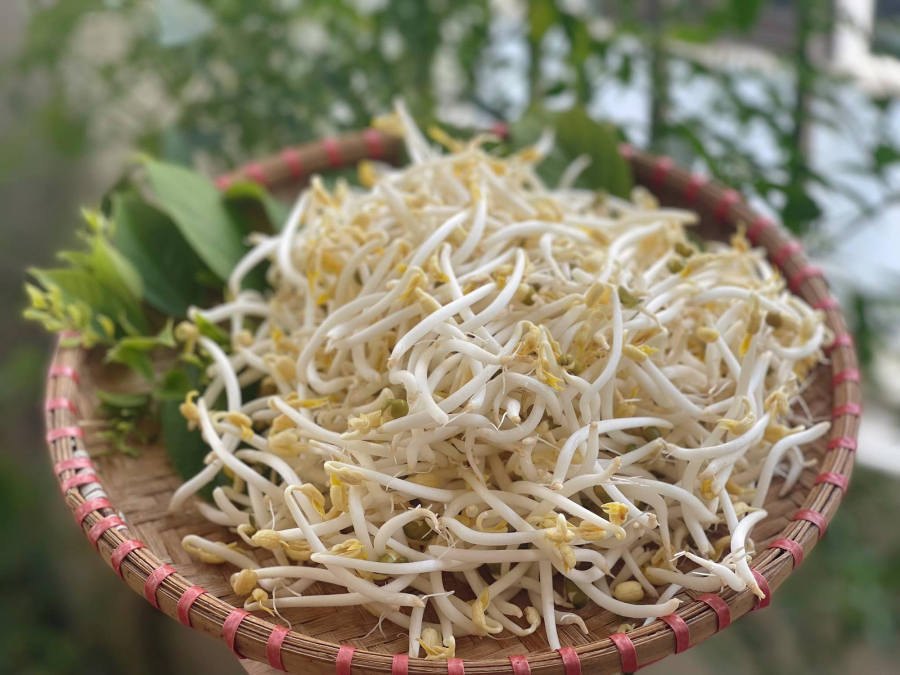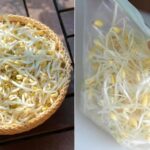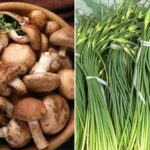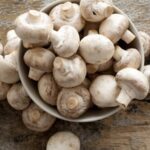1. Amaranth: The Affordable “Green Ginseng” for Better Blood and Cardiovascular Health
Amaranth, also known as “amaranth greens,” has long been hailed as a “longevity vegetable” that is “more nutritious than meat and cheaper than medicine.” Among fresh vegetables, amaranth tops the chart in iron content, making it an excellent natural remedy for anemia.
Additionally, amaranth is packed with antioxidants, vitamins, plant-based protein, and minerals, offering anti-inflammatory, cooling, and detoxifying benefits. Regular consumption of amaranth can help prevent Type 2 diabetes and support cardiovascular health. Especially during the summer, eating amaranth helps detoxify and cool the liver, benefiting overall health.

Animal studies suggest that amaranth can lower bad cholesterol (LDL) and increase good cholesterol (HDL), thus aiding in managing high blood lipid levels. However, further research is needed to confirm these effects in humans.
Amaranth is easy to cultivate, inexpensive, and commonly found in markets, offering a range of varieties such as:
Red Amaranth: Stems and leaves boast a deep purple-red hue, imparting an attractive red color to dishes. It is nutrient-dense and often used for its vibrant color.
Amaranth Grain: This variety produces edible flowers at the tip, and both the young shoots and leaves are consumed. Some parts are also used in traditional medicine.
Spiny Amaranth: A wild variety that is drought-tolerant and easy to grow, offering high nutritional value. It is commonly used for cooking cooling soups and detox dishes.
2. Bean Sprouts: A Small but Mighty Vegetable
Bean sprouts, typically grown from mung beans, are a staple in Vietnamese cuisine, featuring in daily meals. Easy to cultivate and quick to grow, they are affordable and accessible to all.
Don’t be fooled by their humble appearance; bean sprouts possess cooling and detoxifying properties, aid digestion, and support the body’s natural detoxification processes. Rich in vitamin C, antioxidants, and minerals, they boost immunity, slow down aging, and promote healthy blood flow.
Bean sprouts are incredibly versatile in the kitchen: they can be eaten raw, used in salads, pickled, added to hot pot, stir-fried, or cooked in soups, always adding a nutritious and delicious touch.

3. Chinese Chives: A Renowned “Superfood” for Kidney Health, Improved Digestion, and Cancer Prevention
Chinese chives, also known as “garlic chives,” are a herbaceous plant growing up to 20-40 cm tall, characterized by their distinctive aroma and high medicinal value. A staple in Vietnamese cuisine, chives are also revered as a precious herb in traditional East Asian medicine.
Easy to cultivate and requiring minimal care, Chinese chives are a perennial plant, ensuring a bountiful harvest throughout the year. They thrive year-round and serve as both a culinary ingredient and a natural remedy.
In traditional East Asian medicine, fresh chives are considered warming, turning mild when cooked. They stimulate the flow of energy, promote blood circulation, dispel blood stasis, and detoxify the body. Chives are commonly used to treat chest pain, hiccups, and injuries from falls.
Fresh chives are rich in vitamins and fiber, aiding digestion, relieving constipation, cleansing the intestines, and reducing the risk of colorectal cancer.
Chive roots, with their warming properties, are used to alleviate abdominal pain, eliminate food stagnation, and treat various skin itching issues.
Chive seeds are even more precious, with a sweet and warm nature, benefiting the liver and kidneys, strengthening the essence, and are often used by men to address issues like nocturnal emissions, frequent urination, and weak knees.
In the kitchen, chives are incredibly versatile, adding a delightful aroma when cooked with shrimp, meat, or eggs.
4. Shiitake Mushrooms: The “King of Mushrooms” for Immune Support and Cancer Prevention
Shiitake mushrooms are not just delicious ingredients for soups, stir-fries, and braised dishes; they are also known as the “king of mushrooms” for their exceptional nutritional and medicinal properties. Both the caps and stems are edible and medicinal.
In traditional folk medicine, shiitake mushrooms are used to treat colds, headaches, and stomach issues. Modern research has further validated their health benefits:
Shiitake mushrooms boost the immune system,
Inhibit the growth of cancer cells,
Help reduce tumor size,
And protect against harmful pathogens.
As a functional food, shiitake mushrooms are a must-have in the diets of those seeking to maintain optimal health and prevent diseases naturally.
5 Wild Weeds That Pack a Nutritional Punch
Introducing the wild and wonderful world of foraged vegetables: a treasure trove of nutritional delights that are often overlooked. These wild-growing veggies are not only packed with essential vitamins and minerals but also offer a unique and delicious twist to your everyday meals. Get ready to embark on a culinary adventure as we uncover the hidden gems of the vegetable kingdom!
The Ultimate Superfood: Unlocking Hydration, Immunity, and Cancer Prevention with a Potassium Punch
“Potassium is an essential mineral for the human body, playing a vital role in maintaining cardiovascular function, regulating blood pressure, and boosting overall health. This article will introduce a food that is exceptionally rich in potassium, offering a superior alternative to bananas, along with its incredible benefits.”






































